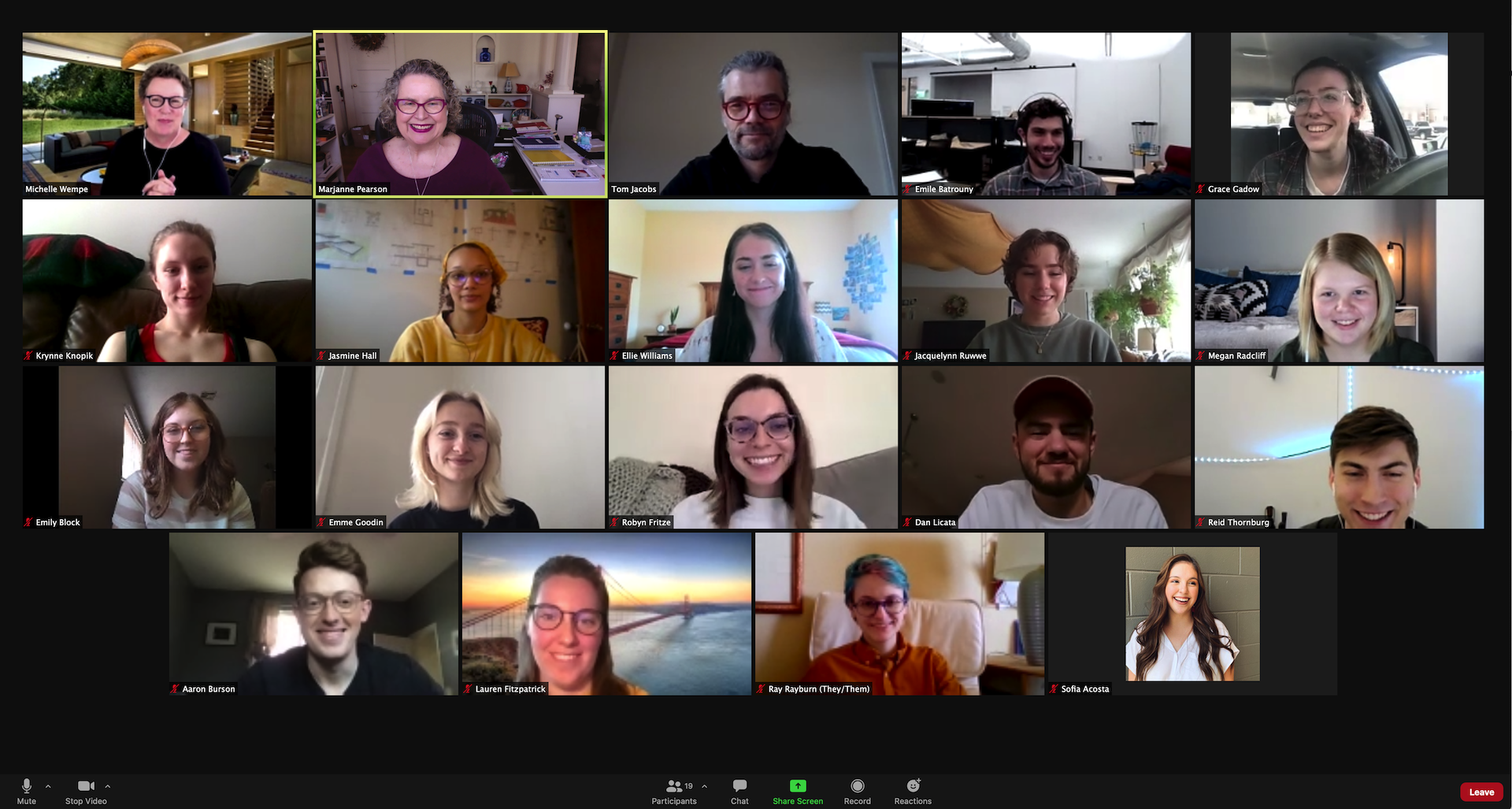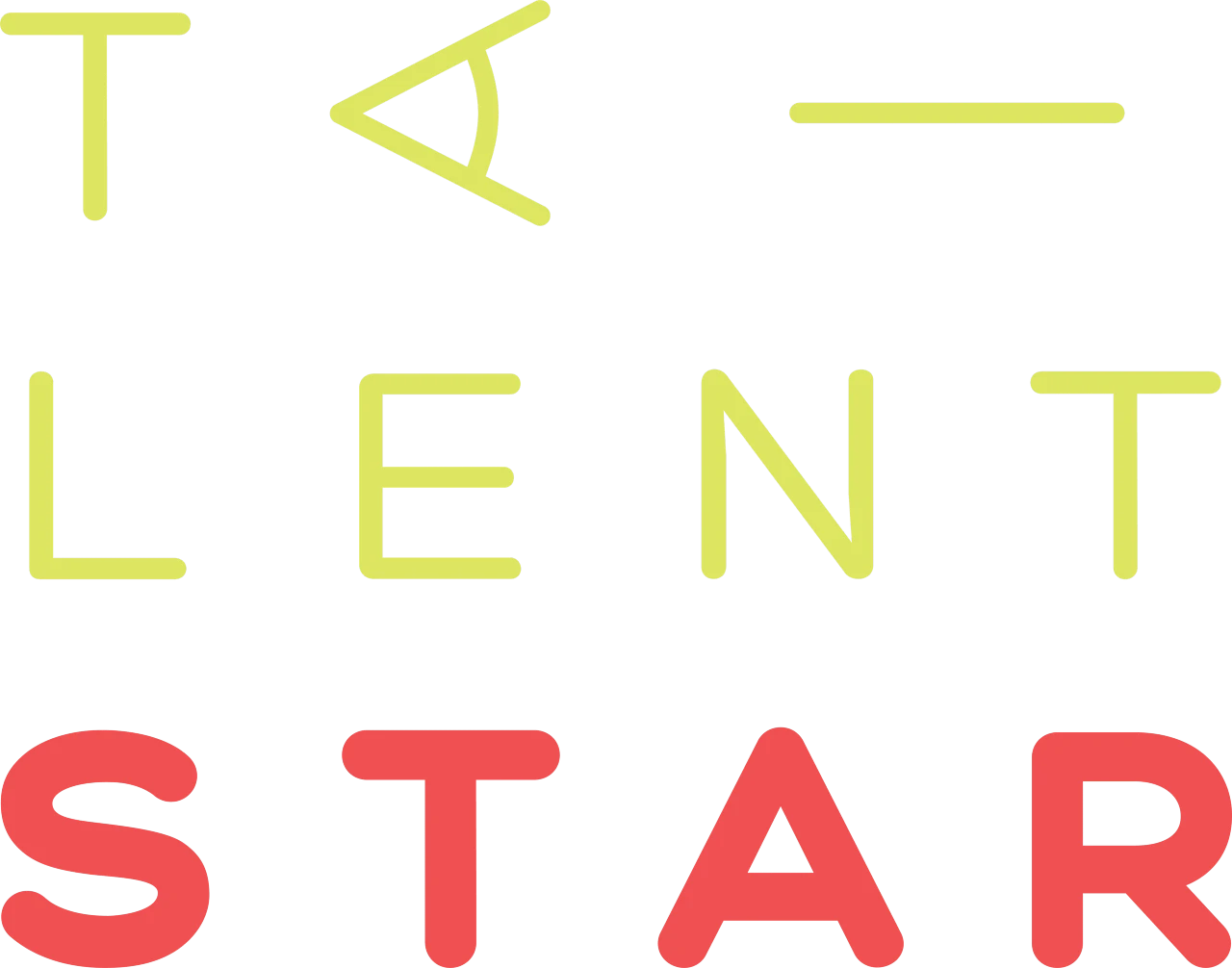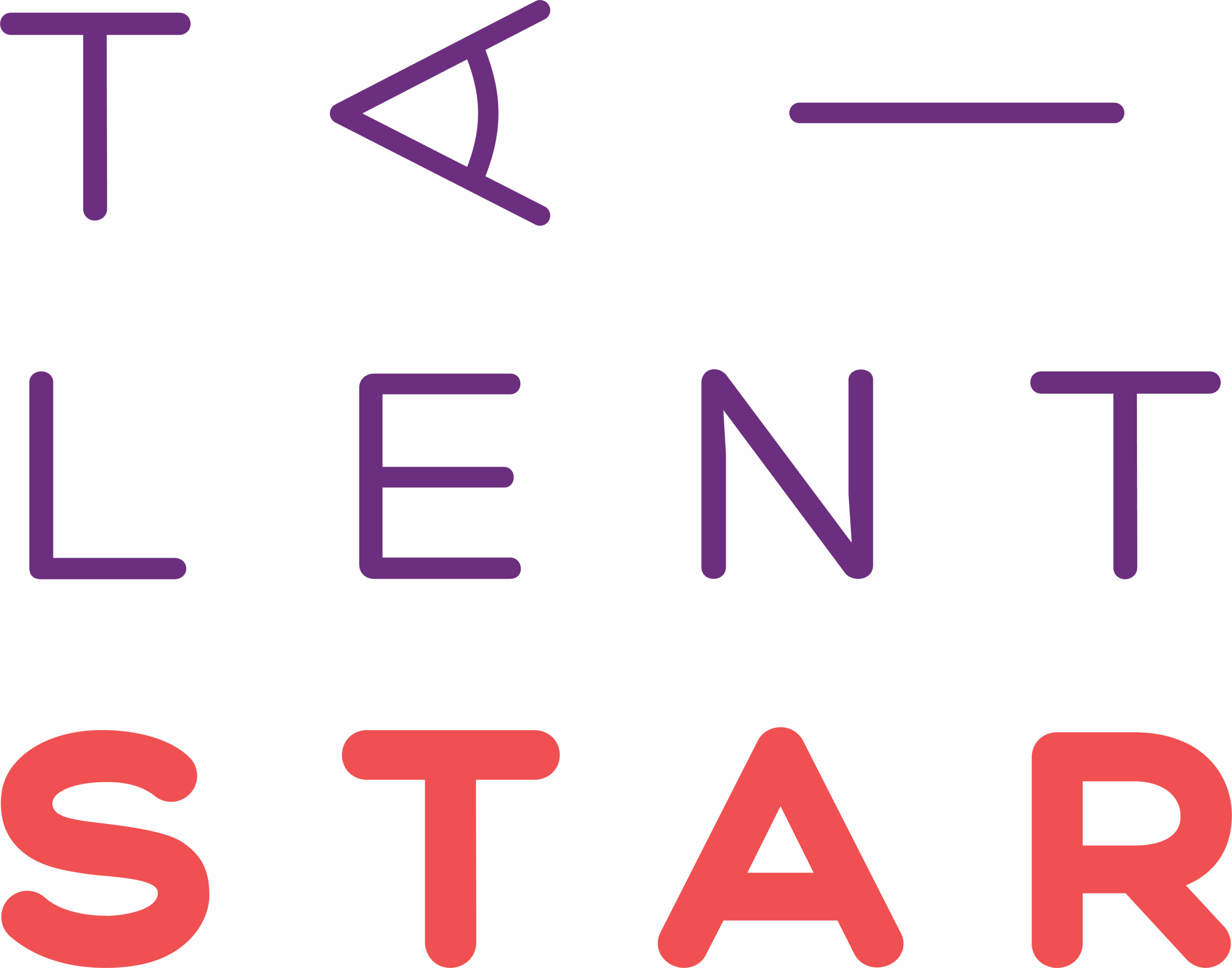
The Learning Lab | Today + Beyond (Part II)
This is a continuation of The Learning Lab | Today + Beyond (Part I).
To reprise: On 9 April, Tom Jacobs and I were once again guests for Michelle Wempe‘s Contemporary Design Seminar at Kansas State University. Our topic was once again, “What Will the Design Professions look like in 2030 and Beyond?” Here’s the final set of questions raised by the wonderful cohort of students (pictured above) —
The Value of Good Design
“Why does good design matter, today and into the future?”
“What are some of the alternate careers that might develop, within the design field?”
This is one of my favorite topics. Years ago, after reading The Business of Design by Keith Granet, I began talking about the duality of the profession — the impact of design, as well as the practice.
Last week, I attended a virtual tour of RMW, hosted by the AIA/SF BAYA (Bay Area Young Architects). Towards the end of the program, someone asked whether RMW did many LEED projects. They said that LEED certification is up to the client, but it’s a goal for all of their projects; the criteria for LEED, net-zero, wellness, and more are embedded in their design process. That’s part of the impact of design.
Before our class session, I had attended one of Rita McGrath‘s Friday Fireside Chats with Michael Schrage of MIT, in which they talked about measuring the value of innovation. In our class, I posed two key questions:
- How can we measure the impact of design?
- What is the economic value proposition of the work that we do?
We talked about the concept of value propositions, and the importance of fluency in being able to measure the value of our work and to discuss it among ourselves and with clients.
By the end of the 20th Century, William McDonough had introduced a new set of metrics for sustainable design, and he was recognized by Time Magazine as “Hero for the Planet.” Al Gore significantly increased international public awareness of global warming with An Inconvenient Truth. Gensler conducts global surveys and publishes their annual Design Forecast on the impact of design across a spectrum of market sectors. Stok has built a business on measuring (and influencing) the performance of buildings, with a commitment to “a radically better world for all.”
Most firms are talking to their clients about the ROI (return on investment) for their projects. And we will get better at doing it, talking not only about construction cost and value, but also about the human, environmental, and cultural costs.
What’s Next?
About 10 years ago, John Seely Brown spoke at the AIA California Desert Practice Conference. He presented a day in the life of a typical 15-year-old boy and how he engaged with his friends, family, and the world — mostly electronically. Later, I was able to chat with Mr. Brown. I mentioned that many of the people in the room may not have realized that the 15yo would be their employee in another six to eight years. (He used that line in the closing roundtable discussion.) And indeed, today, those 15yo’s are not only working with us, but they are also going to change what we do, how we do it, and why.
There’s much more, but the stories will be told by our emerging professionals — our students and employees, today and beyond.
* * *
PS —
Today, Gensler posted a video on Climate Action Through Design. It’s well-worth the 3 minutes to watch.
Thank you for reading!

